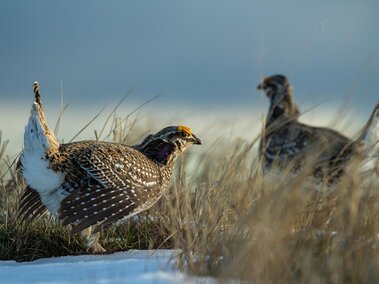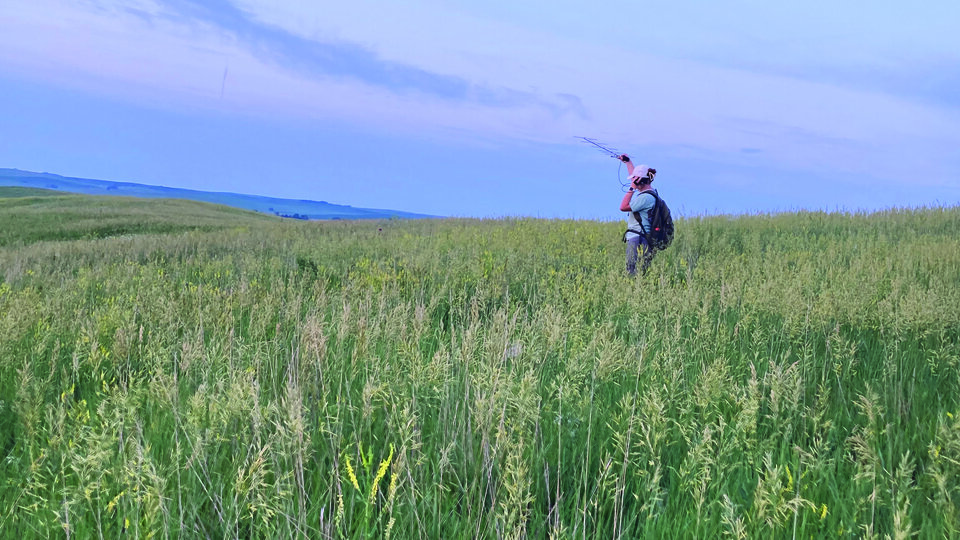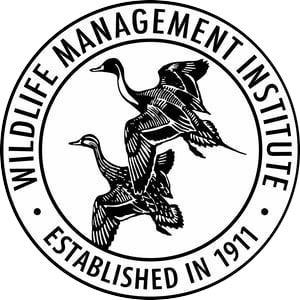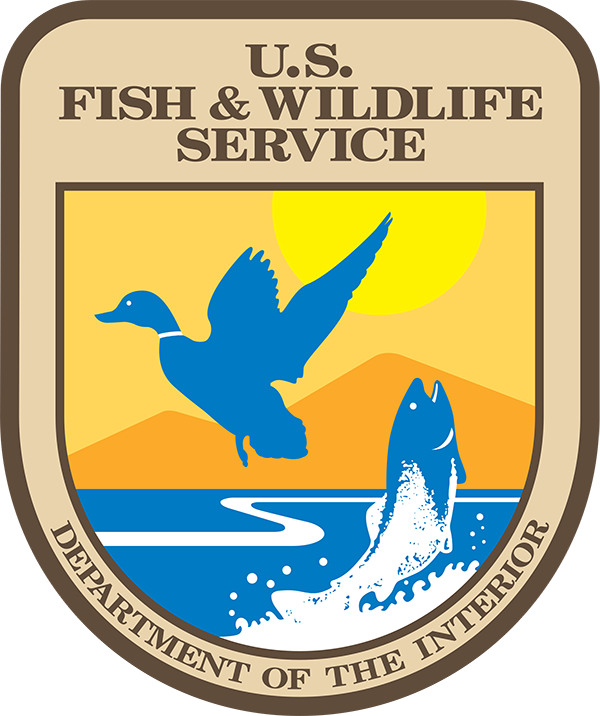The Cooperative Research Units Program is a unique collaborative relationship among federal and state agencies, universities, and a non-profit organization.
The tripartite mission of the Cooperative Research Units Program is:
- Train graduate students for professional careers in natural-resource research and management.
- Conduct research that will create new information useful for natural-resource management.
- Provide technical assistance on application and integration of new science.
The Nebraska Cooperative Fish and Wildlife Research Unit embraces the mission of the Cooperative Research Units Program and contributes daily to the overall success of the Cooperative Research Units Program.
Featured Student
Our students are involved in a wide variety of research, including diversity in ecological functions, invasive species, and habitats of various animals.
Gabe VanEngen's project is:
Invasive carp movement and habitat use in Nebraska interior rivers
May 2027
- Invasive carp pose threats to native fish assemblages and ecosystem services of river and lake environments. Information pertaining to movement is needed to inform management actions including removal and gain a better understanding of population persistence and distributions across the landscape.
Gabe VanEngen
M. S. Candidate, Fisheries

Featured Research Project
Influence of the Conservation Reserve Program on Population Structure, Demography, and Space Use by Greater Prairie-Chickens in Kansas and Nebraska
September 2028
The U.S. Department of Agriculture, Conservation Reserve Program (CRP) is considered the most effective large-scale conservation effort affecting wildlife species in the United States. In the Great Plains, 4.18 million acres of CRP occurs in Kansas and Nebraska, potentially affecting a large number of wildlife species, including many grassland species that may rely on these landscapes for persistence and resilience to dynamic environments. Few studies have assessed the response of the greater prairie-chicken to the establishment of CRP, a species which has lost much of its historical range and is in decline. Kansas and Nebraska support the majority of extant greater prairie-chickens, though populations face multiple threats which may limit movement among remnant populations. The project will hierarchically evaluate the influence of CRP on greater prairie-chicken populations thought the collection of movement, vegetation, and genomic data sets and produce science that will form management actions on CRP enrollment as well as the species in the region.






